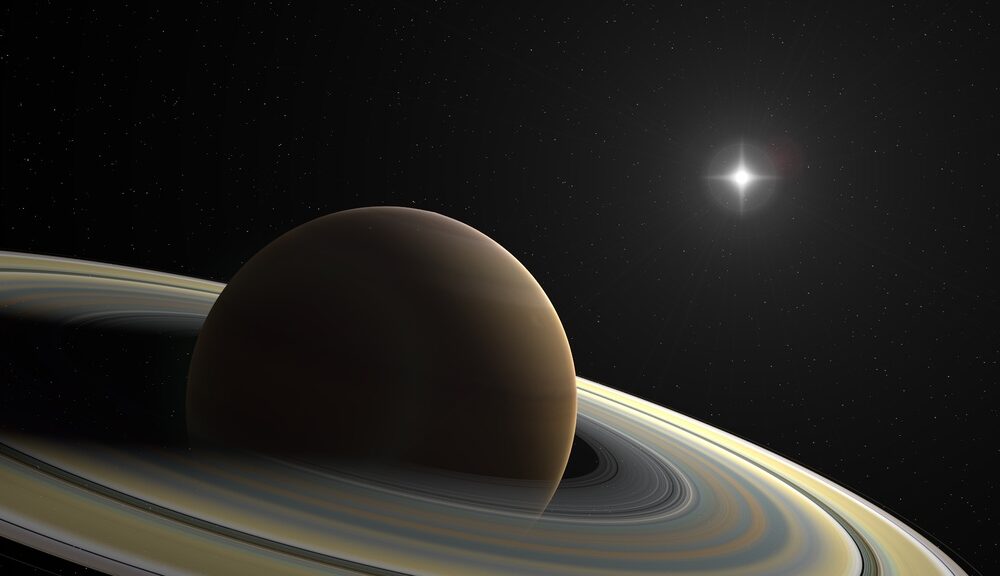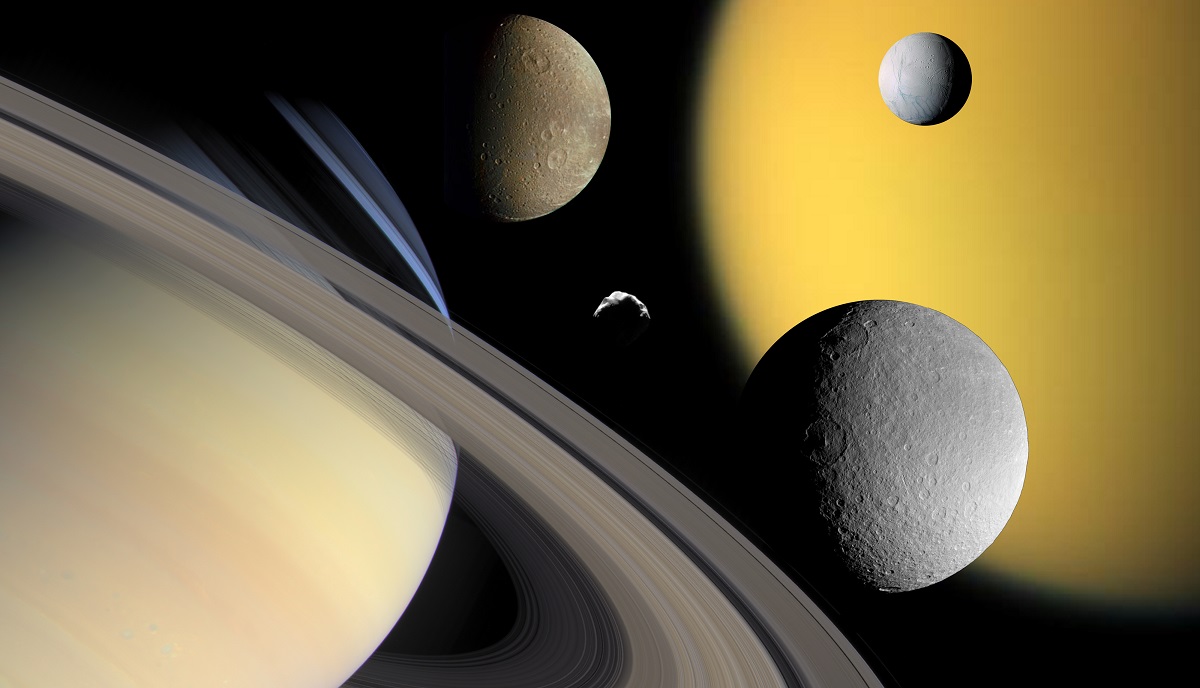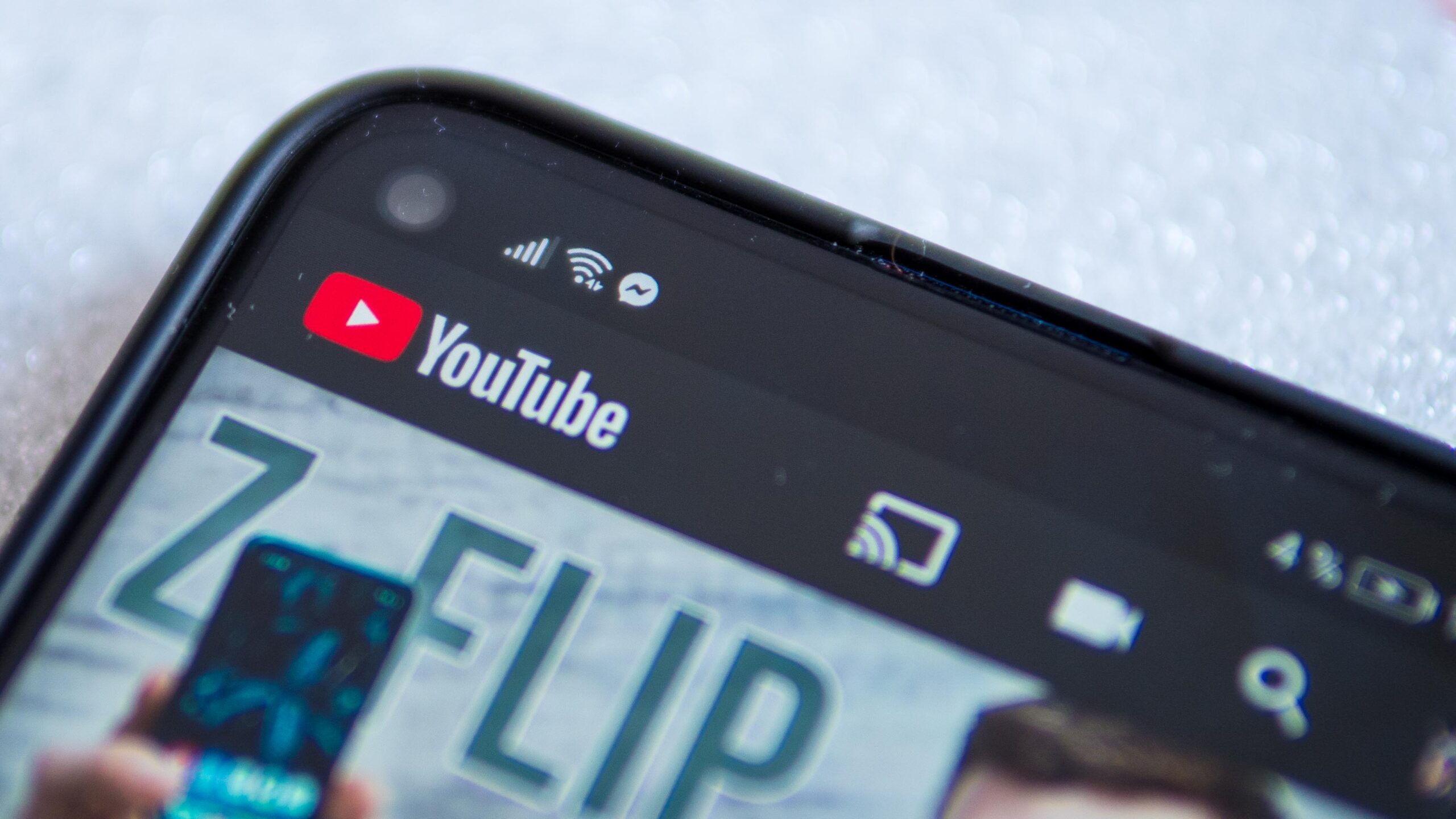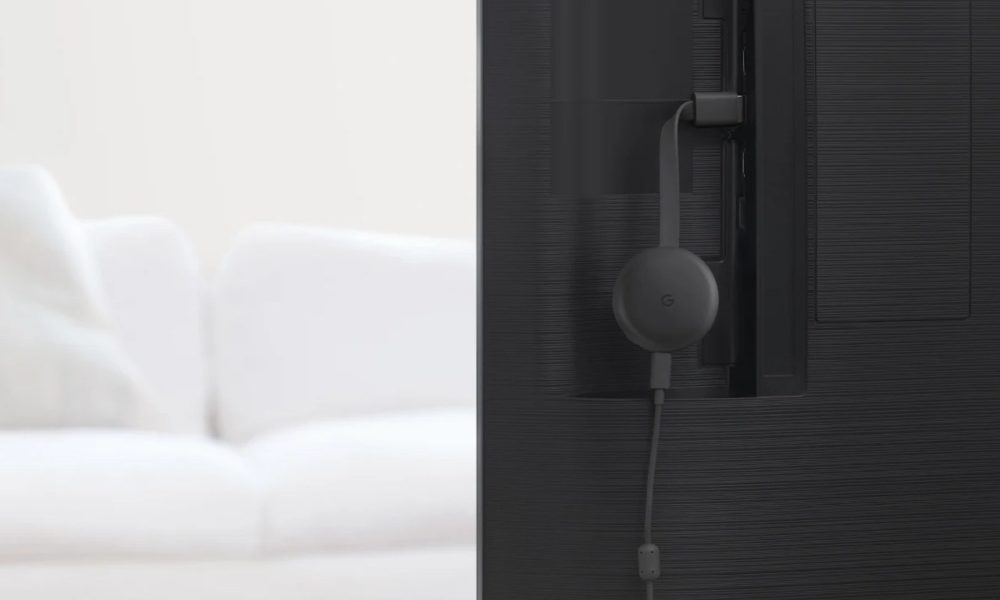
Although today we know many details of Saturn, there are still many unknowns around him. One of the things that arouses most interest is its pronounced rings, which are much younger than the planet itself and remain stable in the plane of the orbit, while Saturn’s axis of rotation wobbles dramatically.
A new modeling study published in Science suggests that the oddities and differences between the planet and its rings may be due to a destroyed moon. The hypothesis proposes that Saturn would have had an additional moon that caused gravitational interactions, which would explain the great oscillation that the planet has. These interactions would have taken the moon out of its orbit towards Saturn, a process that led to its destruction in order to create the rings from the resulting material.
With a Solar System that is more than four billion years old, Saturn seems to have had a troubled existence. Titan, its largest satellite, is moving away from the planet; Enceladus, which is the sixth largest moon, is responsible for feeding one of the rings with material ejected through its geysers; and, on the other hand, small Mondays are being detected that are condensing from the materials of other rings.
Saturn’s rings could be relatively young, with an estimated age now of about 100 million years.. The amount of time has been calculated from interactions with nearby moons and color changes that accumulate over time within a high-radiation environment. Go ahead, not everyone agrees with the estimate, but that disagreement serves to show that there are still many unknowns to be resolved.
Not content with the rings and all the questions they raise, the axis of rotation is another feature of Saturn that has scientists stumped, as it ranges from 25 degrees to being fully vertical relative to the planet’s orbital plane. . This could be because Saturn enters into something called “orbital resonance” with Neptune.
Some gravitational interactions may end up reinforcing rather than averaging, causing effects that build up over time. In the case of the orbital resonance of Saturn and Neptune, this could influence the orientation of the poles of the former.
However, it is still not clear whether there really is an orbital resonance between Saturn and Neptune, so the research team has built a model of the first planet with data from its gravitational field by monitoring small changes in the motion of the Cassini spacecraft during its multiple orbits.
With the available data, it was concluded that Saturn was very close to being in resonance with Neptune, which it did not achieve due to a deviation of 1%. Even plugging in Titan’s changing location there was no way to get the two planets to come into resonance. If Saturn were placed in resonance with Neptune, the changing orbits of Saturn’s moons could not generate enough force to break it and bring the planet to its current state.
Another possible explanation is based on an alleged moon, named Chrysalis, which would have been destroyed when it collided with the planet.. His past existence could generate enough force for Saturn to go into resonance. With their subsequent destruction, from which the rings would derive, the gravitational interactions would have changed enough to break this resonance, although this idea would require the creation of another model.
Researchers have placed Chrysalis orbiting between Titan and Iapetus. Assuming Chrysalis would have been similar in size to Iapetus, which is one of Saturn’s largest moons, its orbit would have remained stable until a change in Titan caused the two moons to enter their own gravitational resonance. At that point, Chrysalis’s orbit becomes chaotic.
But it is the scenario of the resonance between Chrysalis and Titan is not the only one contemplated by the researchers, who have carried out hundreds of simulations. In others Chrysalis has collided with a larger moon to create an orbital mess, and in others it has been ejected into space. The most interesting fact is that in 5% of the simulations it was seen that the presumed moon would end up in an eccentric orbit that caused it to graze the surface of Saturn, thus causing its destruction and its material to enter orbit to create the ringsalthough a percentage of said material would have been engulfed by the planet.
Furthermore, the model also showed that the possible past existence of Chrysalis could create enough additional forces to make Saturn enter into resonance with Neptune, thus producing the orbital oscillation of the former, but with its destruction or expulsion, this would be broken. resonance and the door to the current situation would be opened.
In short, Saturn and its satellites still raise many unanswered questions. The theory of a past moon that would have collided with the planet is one of many, so now it remains to prove it to see if that is the true explanation of why Saturn is the way it is today.




